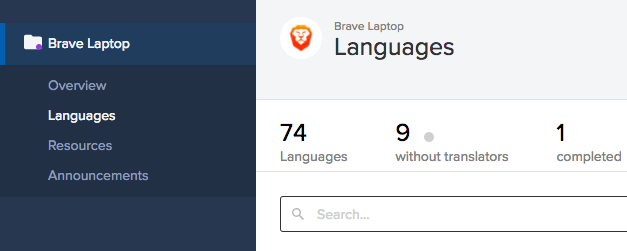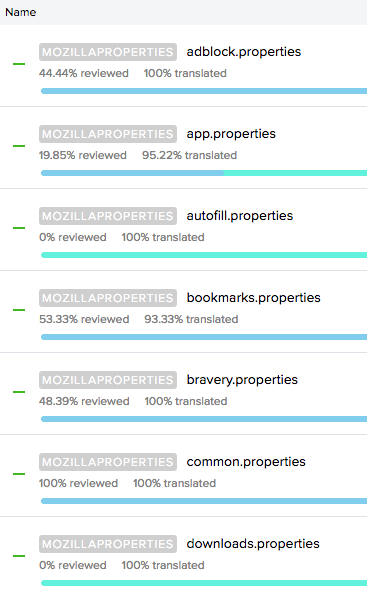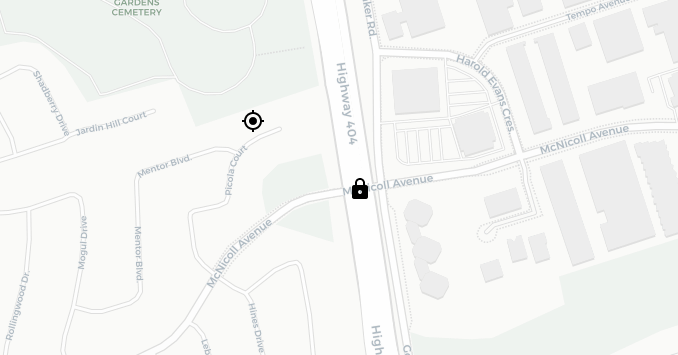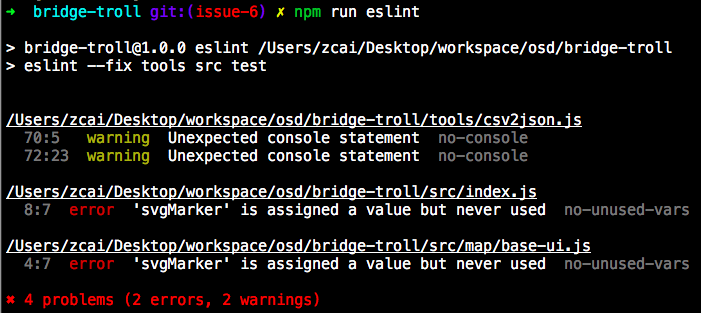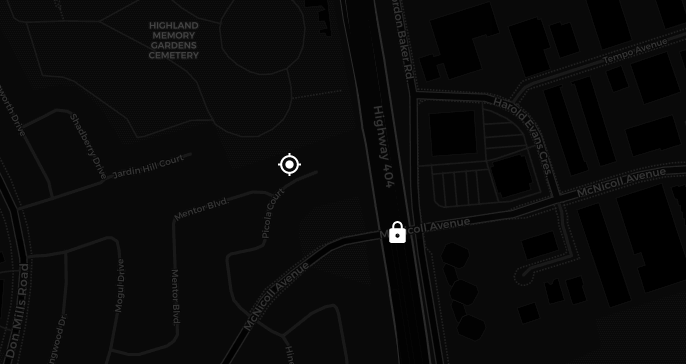The project I picked for release 0.2 is the Brave Browser. Many of you may wonder what special about it. So do I. IMO, Chrome and Firefox are two dominating browsers in the mainstream of web. How come a newborn browser influences and attracts so many people to contribute.
Let’s have a look at the feature highlight from the official:
Browse faster by blocking ads and trackers that violate your privacy and cost you time and money.
Ad Block, cool! Seems Brave has included a bunch of pleasant extensions into the system. Well, we could use extensions in Chrome too, why bother?
The real interesting yet controversial topic is the mechanism of the Ad Block. Instead of the traditional third-party advertising, users can now donate their BAT to those most visited sites using Brave Payment as the rewards for the content publishers.
I don’t know much about how advertisements profit on the web, but the idea of publisher-advertiser-user eco-system seems very appealing. It may have a huge impact on the browser ecology, who knows.
If you feel like getting involved, here’re some helpful info:
- check out the Github repo (laptop ver.)
- join the QA community
- join the Discord channel
- read the docs
Happy Contributing 🙂

